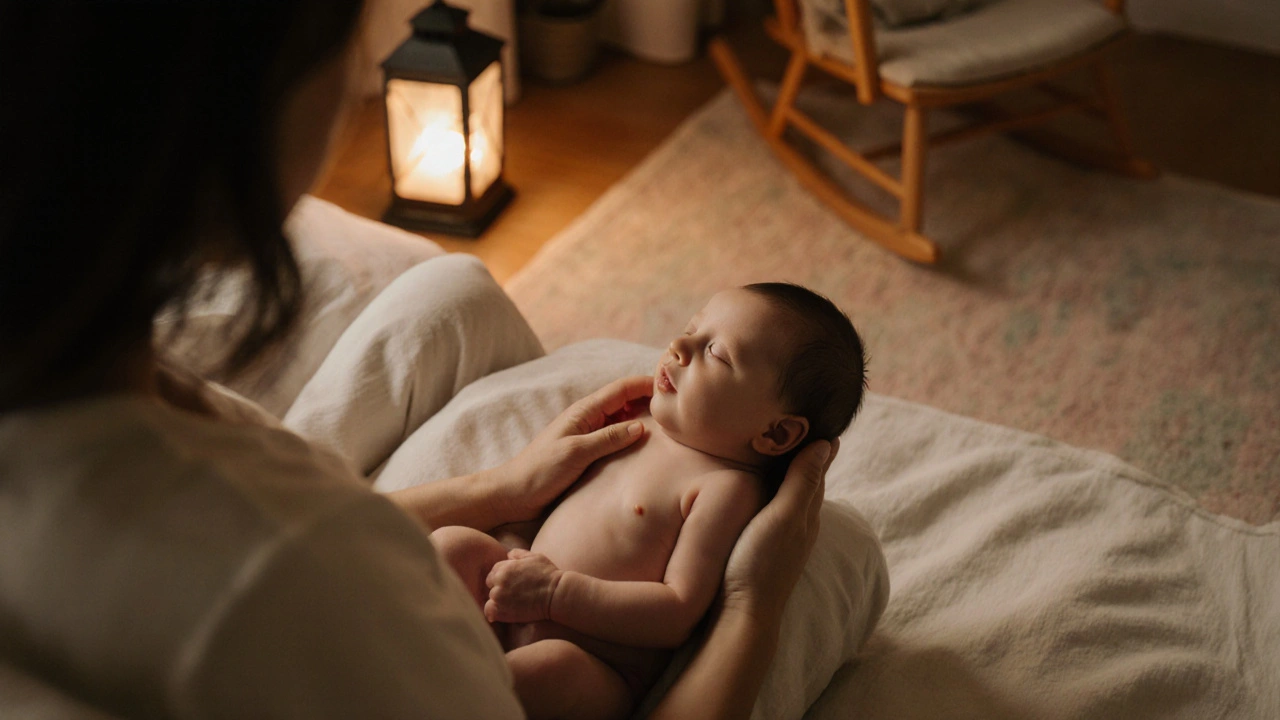Attachment Theory: Why Your First Bonds Matter
Ever wonder why some people seem to click with anyone, while others keep their distance? The answer often lies in attachment theory – a set of ideas that explains how the bonds we form as kids shape the way we think, feel, and behave later on.
Developed by psychologists John Bowlby and Mary Ainsworth, attachment theory started with a simple observation: babies need a reliable caregiver to feel safe. When that caregiver is consistently there, the child learns to trust the world. When the caregiver is unpredictable or absent, the child learns to stay on guard. Those early patterns create a blueprint for how we handle stress, love, and conflict as adults.
The Four Attachment Styles
Research shows four main styles that pop up in both kids and grown‑ups. Secure people had caregivers who were available and responsive. They tend to feel comfortable with intimacy, can ask for help, and bounce back from setbacks. Anxious‑preoccupied folks grew up with mixed signals – sometimes the caregiver was there, sometimes not. They crave closeness but often worry they’ll be abandoned.
Avoidant‑dismissive individuals experienced caregivers who were distant or rejecting. They learned to rely on themselves, often appearing aloof and dismissing the need for close relationships. Lastly, disorganized attachment arises when the caregiver was frightening or chaotic. Those adults may swing between seeking closeness and pushing people away, and they often struggle with emotional regulation.
Applying Attachment Theory in Everyday Life
Knowing your style can be a game‑changer. If you spot an anxious pattern, you might notice how quickly you jump to conclusions about a partner’s mood. Practicing self‑soothing techniques – like a brief breathing exercise or writing down your thoughts – can break the cycle of panic.
For avoidant types, the challenge is learning to trust that asking for help isn’t a sign of weakness. Start small: share a minor worry with a close friend and see how they respond. Positive feedback reinforces that connection is safe.
Therapists often use attachment‑focused strategies, such as “re‑parenting” or building a secure therapeutic bond, to reshape old scripts. Even without a therapist, you can create a secure environment for yourself by setting routines, keeping promises to yourself, and surrounding yourself with people who are reliably supportive.
Parents can also use attachment insights to raise resilient kids. Simple actions like picking up a fussy baby, making eye contact, and responding to cries teach the child that the world is predictable. Over time, these moments build a secure base that the child can return to when facing new challenges.
In relationships, attachment style explains why arguments sometimes feel like a replay of childhood scenes. Recognizing the pattern helps you pause, ask, “What am I really feeling?” instead of reacting automatically. It also opens the door to compassionate conversation with your partner about each other's needs.
Bottom line: attachment theory isn’t a label you stick on yourself; it’s a map that shows where you’ve been and points toward healthier routes ahead. By understanding your style, you can make smarter choices, build stronger bonds, and reduce the stress that comes from old, unhelpful habits.
Ready to put the theory into practice? Start by reflecting on a recent conflict: Which attachment style showed up? What could you do differently next time? Small tweaks add up, and over weeks you’ll notice more calm, more trust, and deeper connections.
How Early Infancy Shapes Mental Health: Foundations for Emotional Well‑Being
Explore how early infant experiences shape mental health, learn practical parenting steps, spot warning signs, and use tools that support emotional well‑being from day one.
